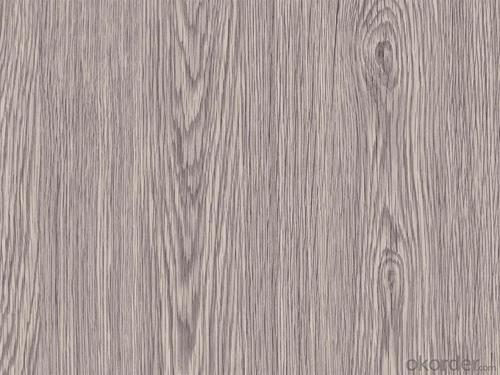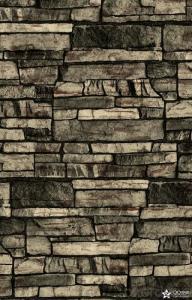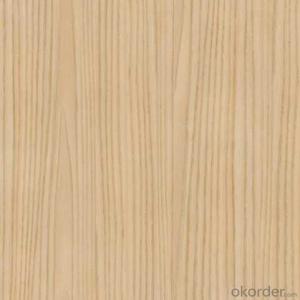color bond surface coating steel plate--XY011
- Loading Port:
- China Main Port
- Payment Terms:
- TT OR LC
- Min Order Qty:
- -
- Supply Capability:
- -
OKorder Service Pledge
OKorder Financial Service
You Might Also Like
1. Color bond surface coating steel plate :
2.More than ten years experiences, the products are sold to the domestic city and some international cities we strivc to develop production of color coating steel plate the plating (aluminum )zinc steel. Coil cheickness between 0.6mm and 1.5mm and the width from 600mm to 1250mm and a variety of high durability of color coating steel plate.
3.The company has multiple layer patterns for customers to choose The company provides products deep processing services ,meet the various needs of customers on board specifications All of out products comply with international quality standards and are greatly appreciated in a variety of different markets throughout the world if you ate interested in any of our products or would like to discuss a custom order please feel free to contact us we are looking forward to forming successful business relationships with new clients around the world in the near future.
4.We can design the color and thickness according to customers' requirements. The delivery time is only 30 day after you confirm the order.
- Q: Can steel sheets be used for signage or advertising displays?
- Yes, steel sheets can be used for signage or advertising displays. They provide a durable and long-lasting option, and can be customized with various finishes and designs to suit individual preferences and branding requirements. Additionally, steel sheets offer a sleek and professional look, making them suitable for both indoor and outdoor applications.
- Q: What are the different methods of surface cleaning for steel sheets?
- There are several methods of surface cleaning for steel sheets, including mechanical cleaning techniques such as abrasive blasting or grinding, chemical cleaning using solvents or acids, and electrochemical cleaning methods like electrolysis or pickling. Each method is chosen based on the specific requirements and condition of the steel surface to effectively remove dirt, rust, scale, or other contaminants.
- Q: Are steel sheets suitable for automotive body panels?
- Yes, steel sheets are suitable for automotive body panels. Steel is a widely used material in the automotive industry due to its high strength and durability. Steel sheets can withstand the stresses and strains encountered by body panels during vehicle operation, such as impacts, vibrations, and weather conditions. Furthermore, steel can be easily formed into complex shapes, making it an ideal choice for designing various body panel components. Additionally, steel has excellent corrosion resistance properties when properly treated and coated, ensuring the longevity and aesthetics of the vehicle. Overall, steel sheets provide the necessary characteristics required for automotive body panels, making them a suitable choice for manufacturers.
- Q: What is the maximum thickness of a steel sheet?
- The maximum thickness of a steel sheet may differ based on different factors, including the type of steel, the manufacturing process, and the intended use. In most cases, steel sheets can be produced with a thickness of approximately 25 millimeters (1 inch), or even thicker in certain instances. Thicker steel sheets are commonly employed in demanding applications, such as construction, shipbuilding, and industrial machinery, where strength and durability are vital. To determine the precise maximum thickness for a specific type of steel sheet, it is crucial to consult manufacturers or adhere to industry standards.
- Q: What is the typical lead time for steel sheet orders?
- The typical lead time for steel sheet orders can vary depending on the supplier and the specific requirements of the order. Generally, it can range from a few days to several weeks.
- Q: Is 5mm thick steel plate tapping M8 thread reliable?
- General use is no problem, because the general M8 nut is only about 5MM. Practical experience is not a big problem. As long as it's not the main bearing, there's no problem. Really feel unreliable, you can use more than a few screws on it.
- Q: Can steel sheets be used in the manufacturing of appliances?
- Yes, steel sheets can be used in the manufacturing of appliances. Steel is a widely used material in the manufacturing industry due to its strength, durability, and versatility. Steel sheets can be shaped, formed, and cut into various sizes and designs to suit the specific requirements of different appliances. Additionally, steel is resistant to corrosion, making it suitable for appliances that may come into contact with water or other liquids. It is also a good conductor of heat, which is advantageous for appliances that require efficient heat transfer. Therefore, steel sheets are commonly used in the production of appliances such as refrigerators, ovens, dishwashers, washing machines, and many others.
- Q: Are steel sheets suitable for architectural cladding?
- Architectural cladding can indeed utilize steel sheets. Steel possesses durability and versatility, offering an array of advantages for cladding applications. Its strength and rigidity enable it to withstand harsh weather conditions, including strong winds, heavy rain, and snow. This durability ensures that the cladding will endure for many years without requiring frequent maintenance or replacement. Additionally, steel sheets provide a sleek and modern aesthetic to buildings. They can be finished in various ways, such as painting, powder coating, or applying a metallic finish, allowing for limitless design possibilities. Steel cladding can achieve a contemporary or industrial look, making it a favored choice for both commercial and residential structures. Steel sheets are also highly resistant to fire, pests, and rot, making them a safe and long-lasting option for cladding. Furthermore, they are relatively lightweight, which can reduce construction costs and simplify installation. Furthermore, steel is an environmentally friendly material. It is recyclable, making it a sustainable choice for cladding. Steel cladding can also enhance energy efficiency by providing better insulation and reducing heat transfer, resulting in reduced energy consumption for heating and cooling. In conclusion, steel sheets are a suitable choice for architectural cladding due to their durability, aesthetic appeal, safety features, sustainability, and energy efficiency benefits.
- Q: What are steel sheets made of?
- Steel sheets are made of steel, which is an alloy primarily composed of iron and carbon, along with small amounts of other elements such as manganese, silicon, and traces of other metals.
- Q: Are steel sheets suitable for roofing?
- Yes, steel sheets are suitable for roofing. Steel is a strong and durable material that can withstand various weather conditions, including high winds, heavy rain, and snow. It also offers excellent protection against fire and is resistant to corrosion. Additionally, steel sheets are lightweight, easy to install, and can be designed in different styles and colors to enhance the aesthetic appeal of a building.
Send your message to us
color bond surface coating steel plate--XY011
- Loading Port:
- China Main Port
- Payment Terms:
- TT OR LC
- Min Order Qty:
- -
- Supply Capability:
- -
OKorder Service Pledge
OKorder Financial Service
Similar products
Hot products
Hot Searches
Related keywords
























